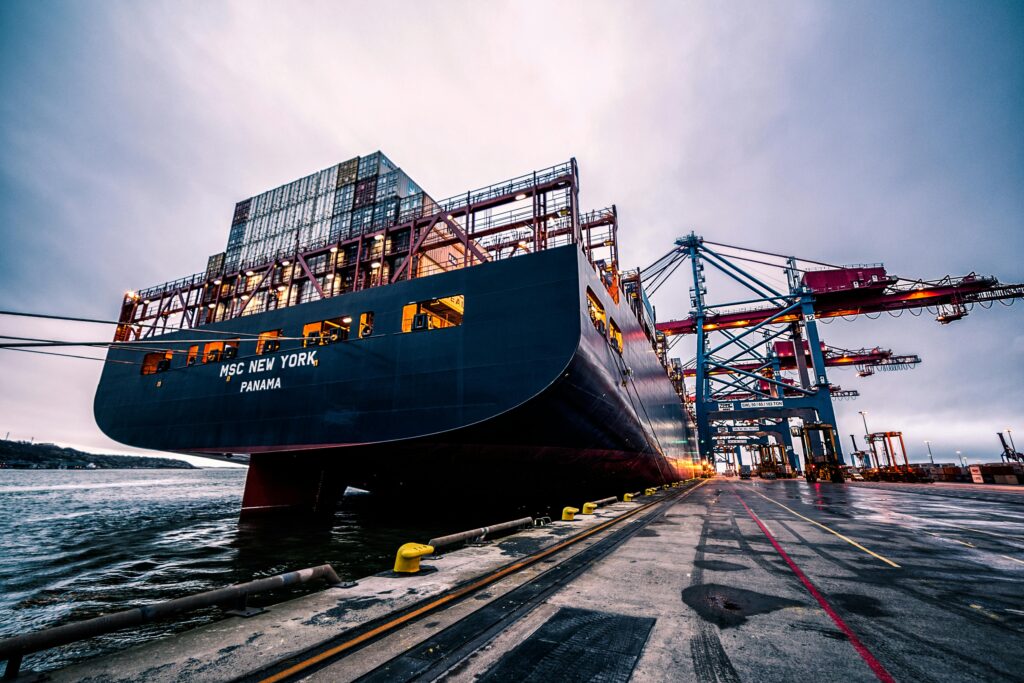
INDUSTRIES
CTP Pultrusion composites are widely used in various industries due to their superior properties such as lightness, durability, and corrosion resistance. In the automotive, construction, energy, and marine sectors, these materials provide high performance and longevity. They are also preferred in electrical and electronics, aerospace, infrastructure projects, and sports equipment, offering significant advantages in industrial applications.
CTP Pultrusion composites are utilized in a wide range of applications, from automotive parts to wind turbines, ship hulls to structural parts of aircraft. In infrastructure projects, such as water and sewage pipes, these materials are chosen for their durability and corrosion resistance. In sports and recreation, they offer lightness and durability in sports equipment and facilities. This versatility makes CTP Pultrusion composites an indispensable material in industrial applications.



Materials such as fiberglass, carbon fiber, and aramid fiber, combined with polymeric resins to create fiberglass-reinforced materials, offer superior durability, lightness, and high strength. Due to these properties, CTP materials are widely used in the maritime, aerospace, automotive, construction, electronics, and medical device industries. Additionally, their recyclability makes them an environmentally friendly choice. These materials play a crucial role in modern industries both in terms of performance and sustainability.

CTP Pultrusion composites are used in the automotive industry for car parts due to their lightness and durability, and in the construction sector for structural elements of buildings and the reinforcement of bridges.
In addition, they are used in infrastructure projects for applications such as water and sewage pipes to provide durability and corrosion resistance, and in sports and recreation areas for sports equipment and recreational facilities.
In the energy industry, these materials are preferred for energy production equipment such as wind turbine blades, and in the maritime sector for the hull and deck structures of ships and yachts. In the electrical and electronics industry, they are found in electrical poles and enclosures providing insulation and protection, and in the aviation industry in the structural parts of aircraft.
